Visual Discrimination and Word Recognition
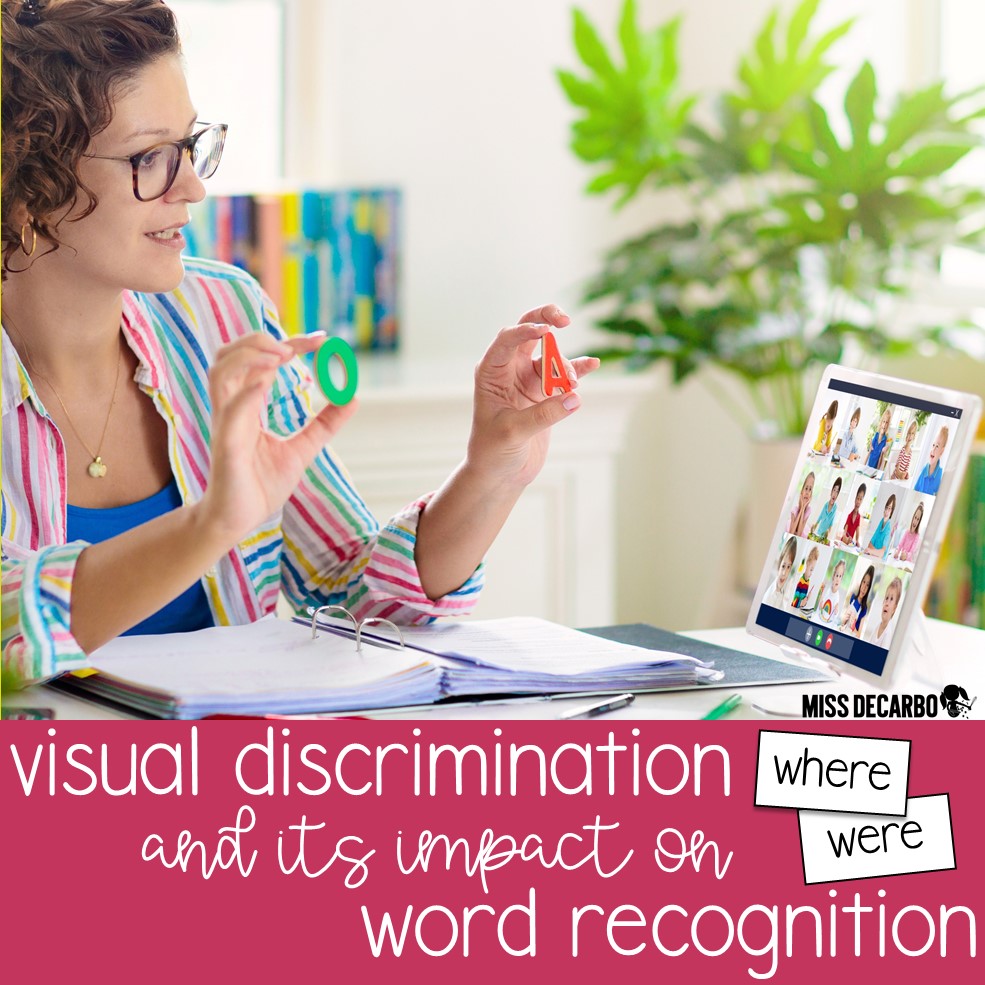
Visual discrimination and word recognition can often go hand-in-hand when it comes to sight words and words with similar spellings. Before we explore this connection, we need to first understand what visual discrimination is. Visual discrimination is our ability to recognize the details within images. Specifically, it is our ability to recognize similarities and differences between objects, forms, symbols, and colors. If you or your students have ever played a “Find the Difference” game, you used visual discrimination skills to do so. Let’s activate our visual discrimination skills using the image below. Can you find 5 differences between the two sharks in the image below?
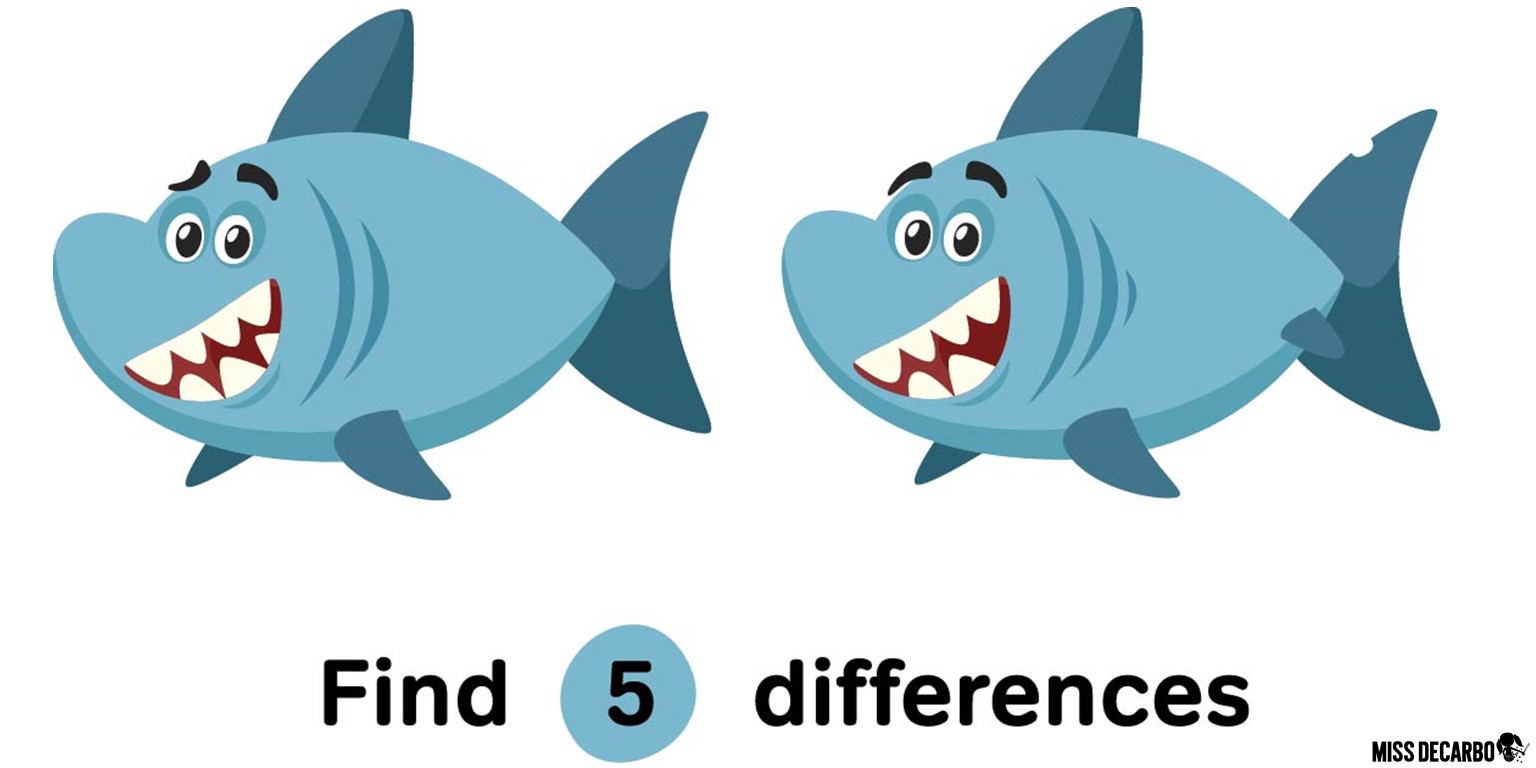
Did you find all five? Visual discrimination is a visual perceptual skill. It is because of these skills that allow us to interpret information, analyze information, and make sense of what we are seeing. In order to read, children must have gained obtained some level of competency in these important skills.
How is Word Recognition Connected?
Now that we know what visual discrimination is, let’s review what word recognition is. Word recognition is the ability to effectively and quickly translate the letters and spelling patterns of written words into speech sounds so that one can read the word automatically and access its meaning. In order to have word recognition, a reader needs to be able to see and recognize letters and spelling patterns. This goes hand-in-hand with visual discrimination!
You see, visual discrimination is especially important because it allows students to recognize words they’ve already seen (think sight words and high-frequency words), recognize the difference between the letter b and d, and much more! Without strong visual discrimination skills, students may not be able to “see” the difference between similar letters and words that are spelled similarly, which would affect their word recognition skills.
Similarly Spelled Words
There are SO many sight words and high-frequency words that visually LOOK similar to one another. We want our students to be able to read all of these words quickly, but for some children, this creates a roadblock or delay in their automaticity. For students with weak visual discrimination skills, similarly spelled sight words are even more of a challenge. Take a look at the two flash cards below. Quickly identify how the words are similar AND how they are different:

The letter “h” is the only thing that separates the word were from the word where. Two different words. Two different meanings and uses. A ONE letter difference. As reading teachers, it’s really important that we don’t just continue to flash word cards to students who are struggling with these words. Instead, we need to lay them out side by side, such as in the image above, and explicitly point out the differences and similarities to the child. Better yet, we need to allow the child to recognize the similarities and differences so that the experience is child-centered. Only when we draw explicit ATTENTION to this subtle difference in words will some children start to truly stop looking at the words, and begin to SEE the words. That’s pretty powerful stuff, isn’t it?!
Word Recognition Activities
Let’s dig deeper into HOW we can help students recognize similarly spelled words automatically by strengthening and activating visual discriminations skills. One activity I like to do every year with my first graders is a game called “Find the Partners”. I choose 4-5 words AND a “partner” word that has a subtle difference. I mix up and scatter these word cards across the small group table. Then I ask the group to find word partners that LOOK similar to one another. The children work together to “partner up” the words. Together, we take a close and deep look at the spellings of these words.

I start with one partner match, and I ask the children, “How are these words the same? How are they different?” One by one, the children take the time to TRULY LOOK at each word and notice what is the same and what is different. For many children who struggle with word recognition skills, this is a big day! Drawing attention to the letters and spelling patterns in these words often creates a new “word awareness” that these readers will start to USE going forward. Cue the confetti!
Sight Word Practice Cards
Another activity I like to use are my Sight Word Practice Cards. Each card works on word recognition and fluency! Students will first touch the dots under each word and read the sentence on the card:

The student will then use a magnifying glass to search for the underlined focus word in the card’s picture. This focus word has been hidden FIVE times in the picture. By laminating the cards, the child can use a dry erase marker to circle the words, and the teacher can reuse the cards later:

The next step is where the magic comes in! We focus in on visual discrimination skills by crossing out the sight word that looks SIMILAR to the underlined focus word, but it’s NOT the focus word. This forces the child to really pay attention to the spelling patterns in each word.

They are super fun, right?! I would LOVE for you to try out FOUR of these sight word cards for FREE with your students! By joining my email list, you can grab a sample page of four sight word cards in my sample pack. You’ll also receive a master sight word list of all of Fry’s First 100 Words.

Digital Visual Discrimination Cards
I also have a paperless, digital Sight Word Search Boom Cards that helps beginning readers identify sight words. On each digital card, students will click on the speaker to listen to the word. Then students will find and click on the word five times. A total of 10 words are hidden in each picture! The extra sight words have been strategically chosen to look similar to the focus sight word, such as having the same beginning or ending letters. Students will practice visual discrimination skills as they complete each slide! These slides are self-checking and fully digital! You can find these digital sight word cards here, or by clicking on the image below:
Which Activity Will You Try Out First?
I hope this blog post gave you some new ideas if you’re looking for different ways to help readers who are struggling to identify words with automaticity. By including activities that incorporate and strengthen visual discrimination skills, we can often help readers to better recognize and see the letters and spelling patterns of various words. So, which activity above will you try out first? Don’t forget to come back and share how it went with me. I love hearing from you!
To share this post with your colleagues, or to save it and reference it later, use the image below to pin it on Pinterest . Thanks for stopping by today, and I can’t wait to chat with you again soon!
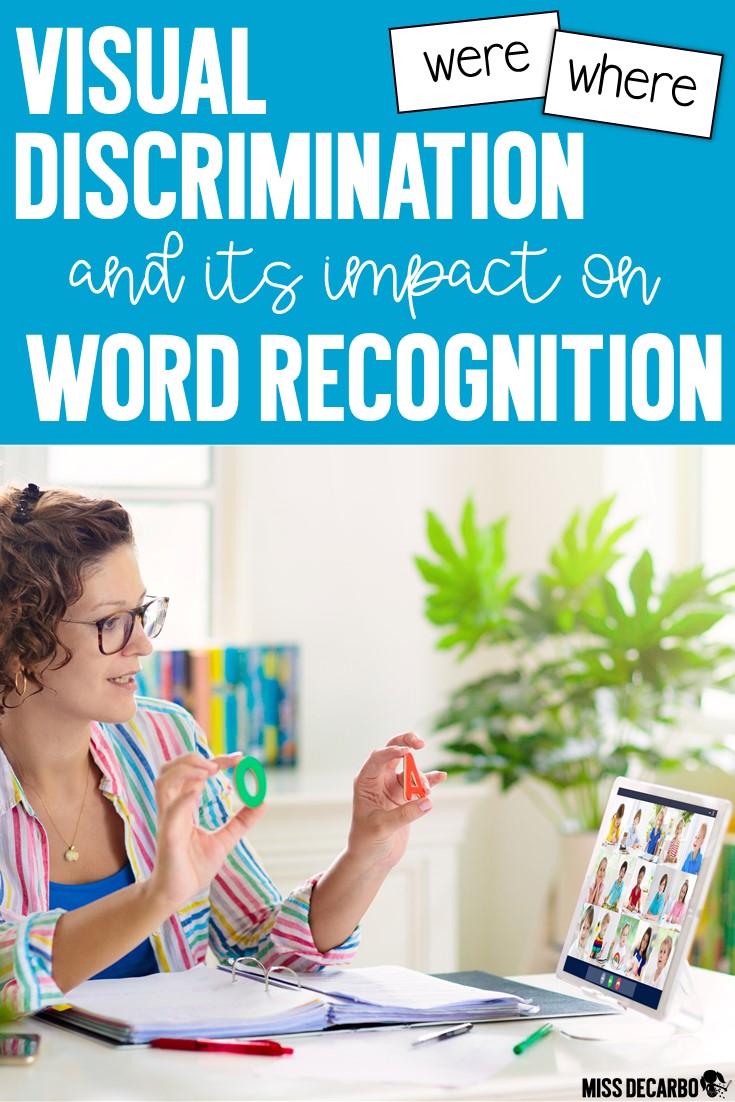

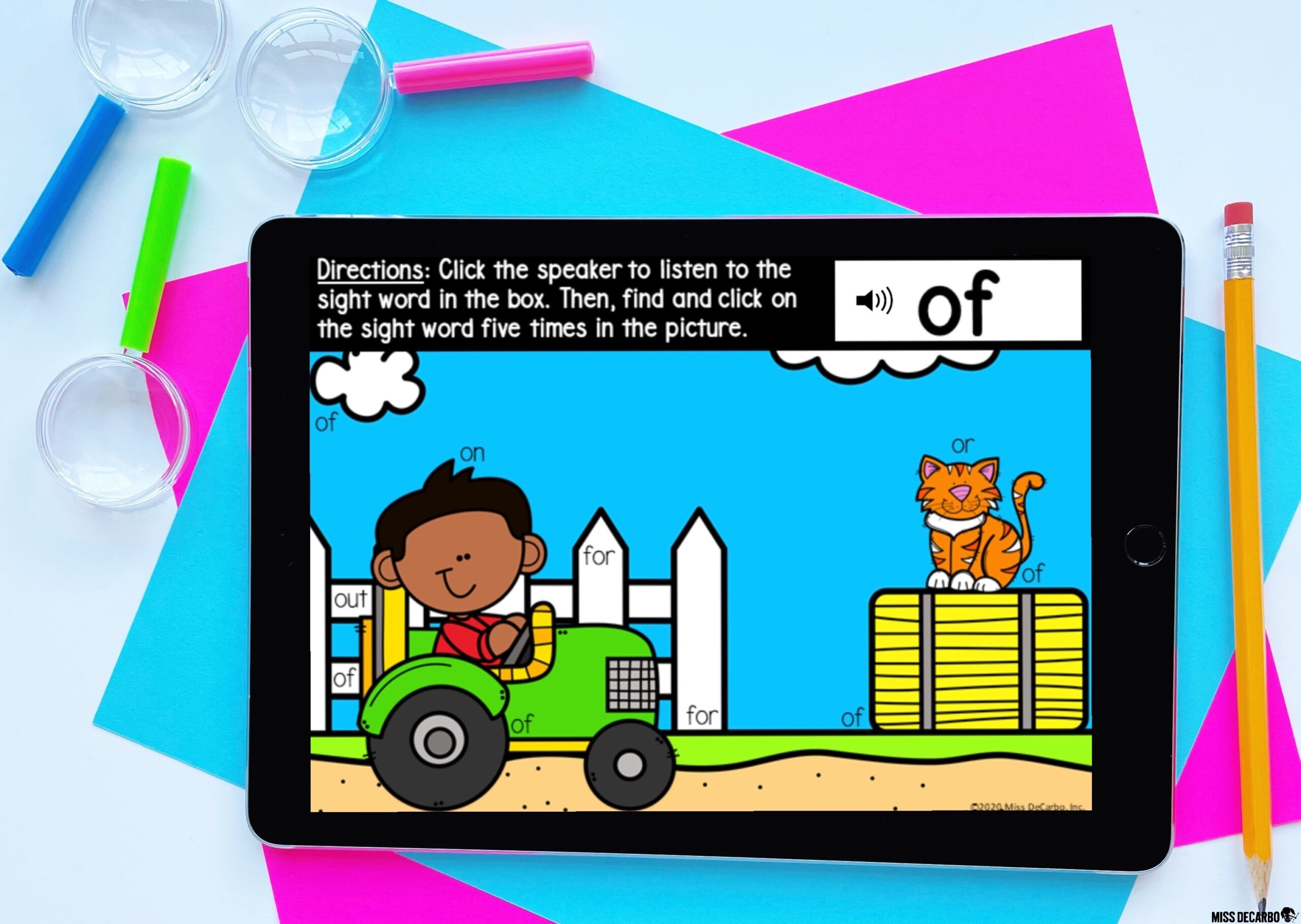
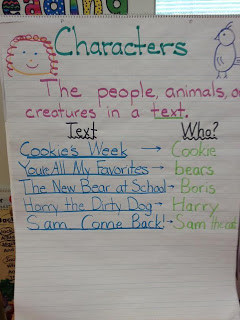

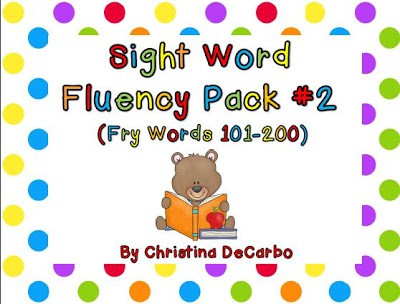
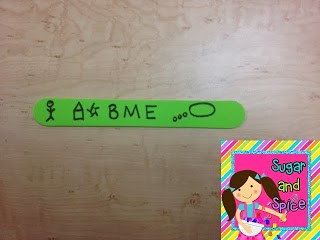
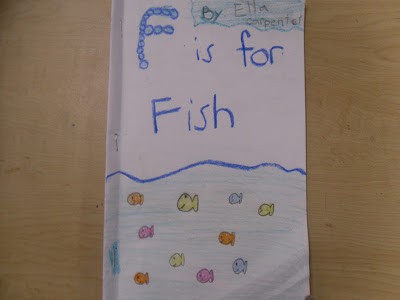

I am a new homeschool mom and my daughter has been getting “who” and “how” mixed up. Thank you for providing this additional activity!
Thank you so much, Julie! I’m so glad it was helpful!